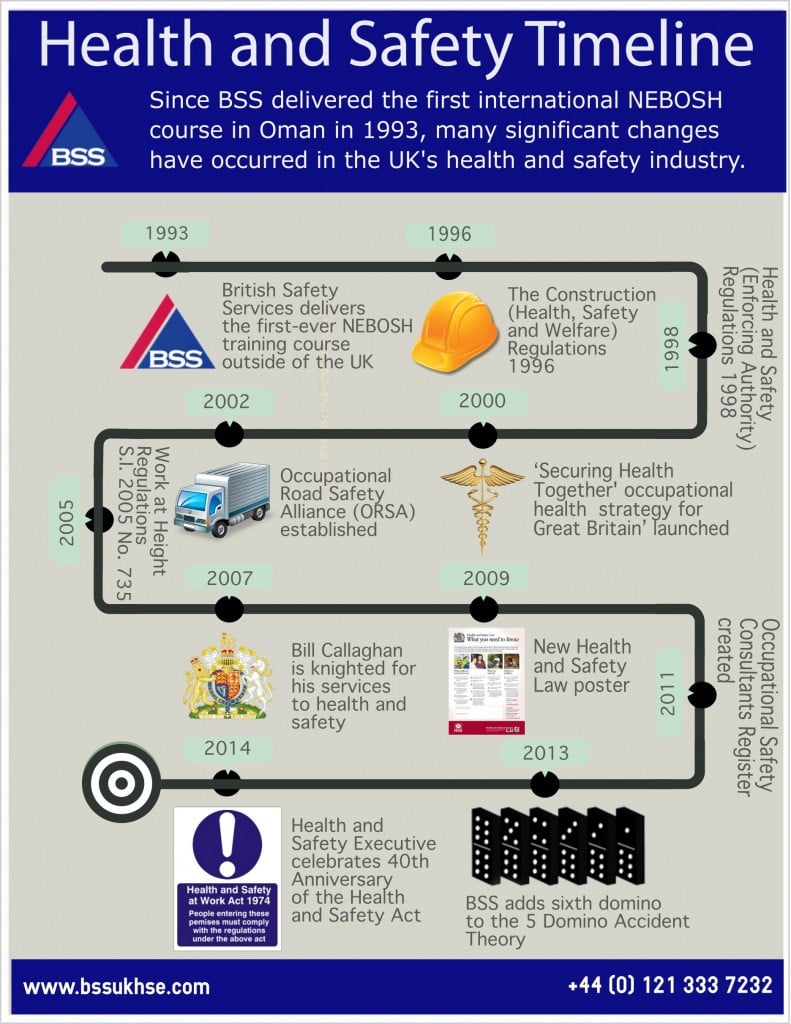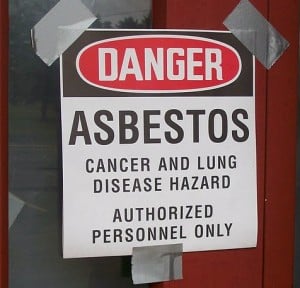Health and Safety Basics For Business Owners
Blog, News, Training Comments Off on Health and Safety Basics For Business OwnersIt is Business Safety Week in the United Kingdom, as the Chief Fire Officers’ Associations (CFOA) aims to highlight the importance of protecting staff members from fire hazards and other types of health and safety risks. To mark the occasion, British Safety Services is offering business owners comprehensive advice on how to mitigate any risks in order to protect the health and safety of their staff, customers and any visitors.
Exercise Comprehensive Fire Safety
The main goal of Business Safety Week is to reduce the risk of fires. To help business owners prioritise their fire safety measures, the CFOA has coined a ‘simple’ message:
- Store stock safely. Corridors, stairs and exits should remain clear.
- Identify alarm points.
- Make sure doors are closed to stop fires from spreading.
- Place flammable objects away from sources of fire.
- Let someone know if you notice any fire hazards.
- Ensure everyone is aware of what to do in case of a fire.
Control Health and Safety Risks In Your Business
It is important to carry out a risk assessment of your business and its premises. This will determine if there are any potential threats to the health and safety of your staff and any visitors. Many smaller businesses can use the Health and Safety Executive’s Risk Assessment Tool, which helps ‘low-risk’ business owners comply with health and safety law.
Higher-risk businesses may need to enlist in the help of a professional. At British Safety Services, we offer Health and Safety Consultancy, which includes risk assessments, inspections and audits for businesses in a wide range of fields.
Provide Training to Employees
Once any risks have been identified, it is time to train your staff. All employees should be notified of the potential health and safety risks in your business, and how they should react in the event of an emergency situation.
All staff members should be made aware of the following information:
- Any hazards that they may face
- Measures that are in place to deal with these hazards
- Relevant emergency procedures
Many businesses can conduct training in-house with a staff meeting. The information should be presented clearly, and all employees should leave knowing exactly what is expected of them both on a day-to-day basis and in the event of an emergency. For higher-risk and larger businesses, health and safety training from an external source may be required.
Ensure that all new staff undergo health and safety training, and remember to provide refresher training to all employees, especially those that assume new responsibilities or job roles. To stay on top of this, be sure to keep detailed training records.
Maintain Facilities for a Safety Working Environment
As an employer, it is your responsibility to ensure a safe working environment for your staff. According to the HSE, these are the basic facilities required to keep your employees safe and healthy at work.
To address health issues, ensure that your workplace has:
- An effective ventilation system
- A comfortable temperature in the workplace (the HSE recommends a minimum 16°C, or 13°C for strenuous work)
- Suitable lighting
- Adequate room for seating
- A clean working environment
To address safety issues, ensure that there is:
- Proper maintenance of work equipment and the property overall
- Floors that are free of obstructions
- Windows that can be safely opened
British Safety Services offers a wide range of health and safety training and consultancy services businesses around the world. For more information on how we can help you mitigate health and safety risks for your business, browse our health and safety services or call us at: +44 (0) 121 333 7232


